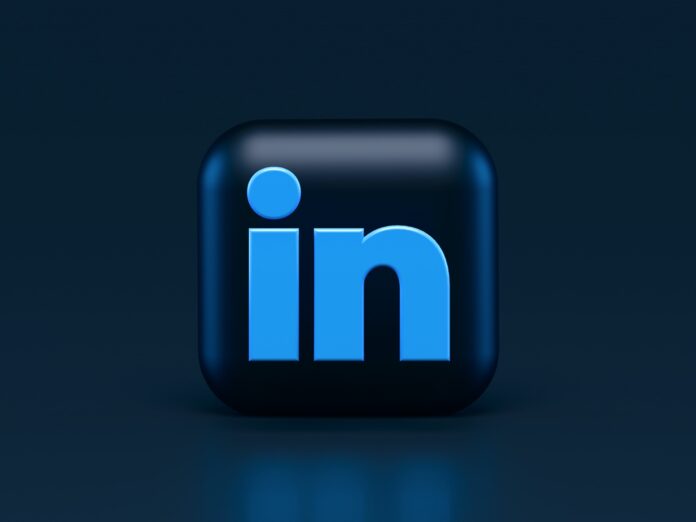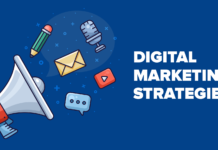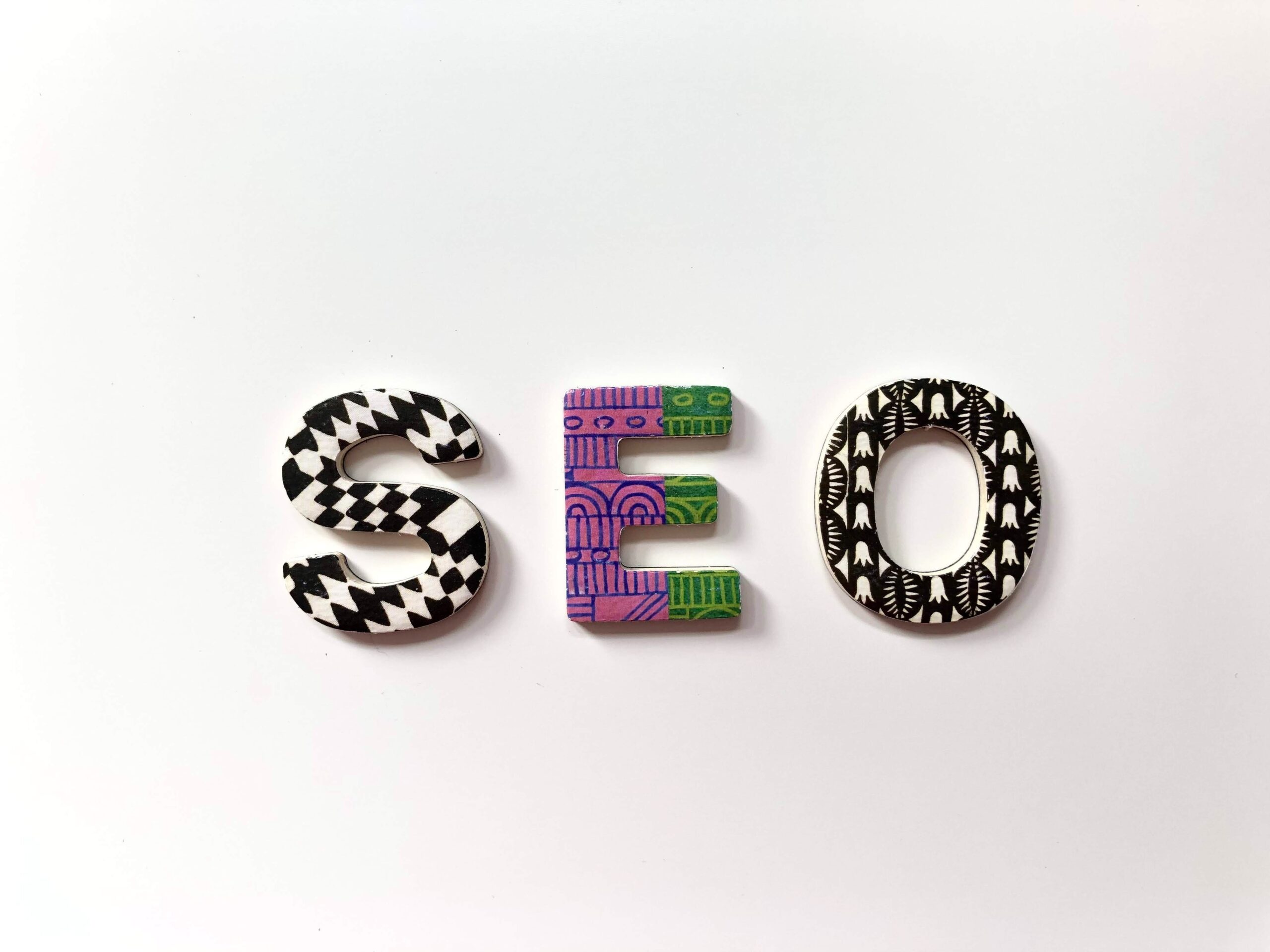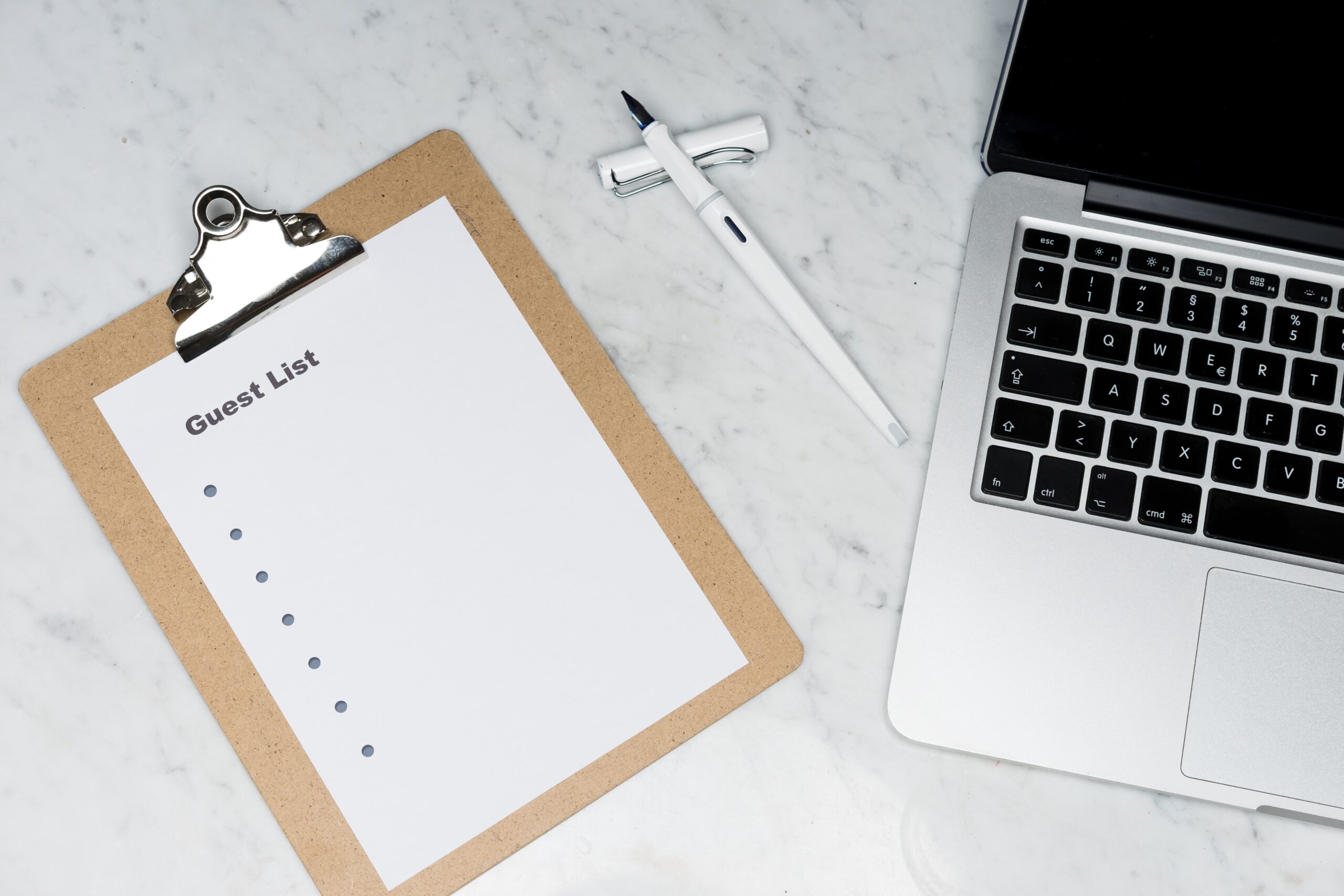LinkedIn is a great way to keep in touch with friends and colleagues, but it can also be a powerful tool for personal branding. Here are five tips for using LinkedIn to boost your career:
What is Personal Branding?
Personal branding is the process of developing a unique name, image, and story that represents you in a way that distinguishes you from others.
It helps people to understand what you’re all about and why they should do business with you. When done correctly, LinkedIn Personal branding can help you attract more customers, partners, and opportunities.
There are a few key things to keep in mind when creating your personal brand. First, be clear on what makes you different and why people should care. Next, develop a strong and consistent message that reflects your unique brand.
Finally, be sure to actively promote yourself through social media, networking events, and other channels.
How to Use LinkedIn for Personal Branding? Tips & Tricks
1. Create a Stellar Profile
LinkedIn is a powerful networking tool that can be used to create a stellar personal brand. When creating your profile, be sure to include information about your skills, experience, and education. You should also showcase your personality by adding photos and writing a brief bio.
LinkedIn allows you to connect with other professionals, so be sure to join relevant groups and start networking. By using LinkedIn effectively, you can create a strong personal brand that will help you stand out from the competition.
2. Use Keywords Strategically
LinkedIn is a powerful social media platform for personal branding. When used strategically, LinkedIn can help you build relationships with potential customers, partners, and employees.
To use LinkedIn effectively for personal branding, start by creating a profile that accurately represents your brand. Be sure to include your current job title and description, as well as your education and experience.
Next, focus on building a strong network of connections. Connect with people you know and trust, and be sure to share valuable content that will interest your target audience. LinkedIn also provides a great opportunity to build relationships with potential customers and partners.
When you connect with someone, be sure to send a personalized message that explains why you want to connect.
Finally, use LinkedIn to showcase your skills and expertise. Share articles, blog posts, and other content that demonstrates your knowledge and expertise in your field.
3. Connect with Influencers
It allows you to connect with other professionals, share your work, and build your network. You can also use LinkedIn to connect with influencers in your field.
To connect with influencers on LinkedIn, start by doing a search for people who work at companies you admire or who have positions you want to emulate. Once you’ve found some potential influencers, take a look at their profile to see how they’ve built their own personal brand.
Then, reach out to them and introduce yourself. Let them know why you’re interested in connecting with them and ask for their advice on how to build your own personal brand. Be sure to thank them for their time and follow up after the conversation.
4. Utilize LinkedIn Groups
By joining groups that are relevant to your target market, you can connect with potential customers and industry professionals. You can also share your content and expertise with the group members, which can help you build credibility and visibility.
Additionally, groups provide a great opportunity to network with others in your industry. Be sure to participate in discussions and contribute valuable insights to help you stand out from the crowd.
5. Share Relevant Content
There are many reasons to share relevant content on LinkedIn. For starters, it can help you build your personal brand. When you share interesting, relevant, and valuable content, you show potential employers and colleagues that you’re knowledgeable and passionate about your field.
Additionally, LinkedIn is a great way to stay up-to-date on industry news and trends. By sharing articles, blog posts, and other types of content, you can position yourself as a thought leader in your field.
6. Measure Your Success
LinkedIn is a powerful social media tool for professionals. It can be used to build your personal brand and connect with potential employers, clients, and business partners.
But how do you measure the success of your LinkedIn profile? There are a number of factors to consider when measuring the success of your LinkedIn profile.
One important measure is the number of connections you have. The more connections you have, the more people will see your profile and be able to connect with you.
Another important measure is how often your profile is viewed. If people are viewing your profile regularly, it means that they are interested in what you have to say and what you have to offer.
Another way to measure the success of your LinkedIn profile is by looking at how many people have endorsed your skills. The more endorsements you have, the more credible you appear to potential employers or clients.
How do you write a Personal Brand Statement on LinkedIn?
A personal brand statement is a valuable way to showcase your skills and experience on LinkedIn. It’s a short, snappy sentence or two that tells your story and explains what you do.
When writing your personal brand statement, be sure to focus on the unique aspects of your career and what makes you stand out from the crowd.
Your statement should be brief, catchy, and easy to understand. It’s also important to stay on message and focus on your professional goals. If you can capture the essence of who you are and what you do in just a few words, you’re on the right track.
Final Words
In conclusion, by using LinkedIn for personal branding, you can create a powerful presence online that will help you stand out from the competition. By following the tips and tricks in this article, you can maximize the benefits of LinkedIn for your personal branding strategy.
Read Also: Facebook Ads | What Are The Types of Facebook Ads?

















